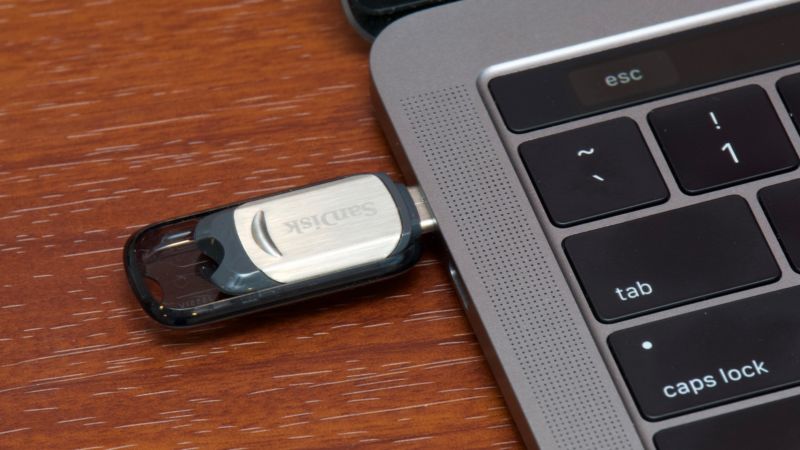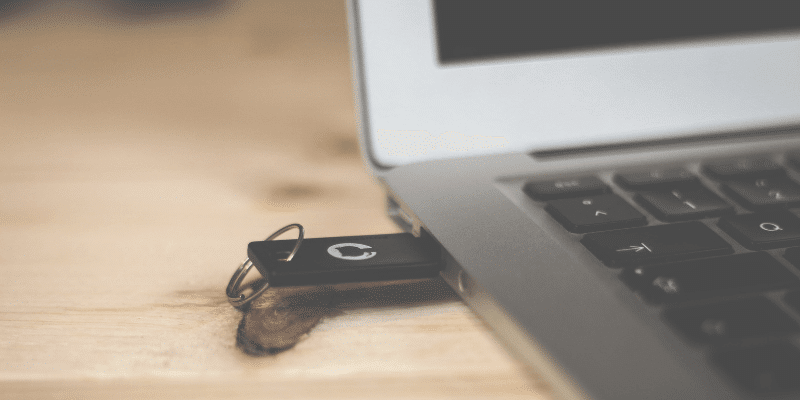
- #Usb drive for mac how to#
- #Usb drive for mac for mac os x#
- #Usb drive for mac install#
- #Usb drive for mac Pc#
- #Usb drive for mac tv#
Select your drive device from the rundown menu. If you have a USB drive embedded in your Mac, you can see it under the External in the Disk Utility. Go to Open Disk Utility, which is situated under Applications in the Finder menu.
#Usb drive for mac how to#
Part 5: How to Format USB Drive to ExFAT on Mac? Then click "Delete." Disk Utility will change the USB drive format to NTFS, and all the data on the disk will be deleted.Select the "Format" pull-down menu and click on "NTFS." Type another name for the USB drive in the Name text box. Click on the USB drive on the left sheet in the Disk Utilities.

All mounted volumes on your Mac, including interior and external hard drives, will show up on the left sheet, just like the USB drive. Step 4: Click on the "Applications" symbol and then click "Utilities" and "Disk Utility" to launch it.
#Usb drive for mac install#
#Usb drive for mac for mac os x#
#Usb drive for mac Pc#
Make sure that the PC has read the USB device.


#Usb drive for mac tv#
You may likewise be setting up the drive for use as a media player or to record TV programs on a TV with a USB port. It is required to move files between the two Operating Systems. The key reason to format USB on Mac as Fat32 is that you need to have the option to use the drive on a Windows PC. Formatting is the process that deletes all current data on a USB drive. USB drives are incredible for sending or storing data. How to Recover Lost Data from Formatted USB Drive? Hot Part 1: Why Should I Format Mac USB? However, the file system is not supported by many older systems.Part 6.

In theory, data capacity of up to 2 TB is possible, but Microsoft has limited the partition size in newer systems to 32 GB in order to promote the modern NFTS format.ĮxFAT is a further development of FAT that in principle offers unattainable storage and data capacity. The maximum data size is limited to 4 GB in the latest version FAT32. It is not supported by many applications.įAT is a file system developed by Microsoft that is also supported by Linux and macOS. Mac OS Extended (Journaled) with the addition that the file system can differentiate between upper and lower case (e.g. HFS+ or Mac OS Extended (case-sensitive and journaled) Windows/Linux devices are only able to read but not write on USB sticks in this format. A file system developed by Apple that is particularly suited to data media with large memory capacity.


 0 kommentar(er)
0 kommentar(er)
